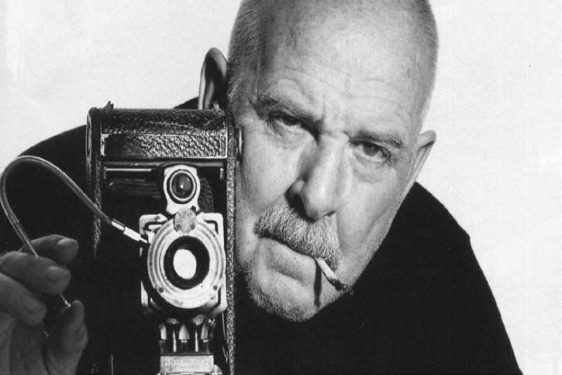Standish Lawder
Position:
Professor Emeritus
Biography:
Standish Lawder died on June 21, 2014 in Los Angeles, California. Standish Lawder attended Williams College and the National Autonomous University of Mexico as an undergraduate, studied at the University of Munich, and received his PhD in art history from Yale University where his thesis dealt with relationships between modern art and film during the teens and 20's. He has also written on other aspects of film history, principally Griffith, Eisenstein, and the German Expressionist cinema. As an artist, Lawder worked as a painter until about 1962 when he became involved in projected light art, multi-media photography and film. Lawder made about twenty-five films which have been screened at numerous film festivals and museums including the Museum of Modern Art, the Whitney Museum of American Art, the Ann Arbor Film Festival, and others. He conducted research on the nature of optical space and the psychology and physiology of perception with a particular interest in stereoscopy. Before joining the Visual Arts Department in 1975, Lawder had been a member of the faculty at Yale University and held the Henry Luce Visiting Professorship of Film Studies at Harvard in 1972-73. He retired in 1996. Writings by Lawder include The Cubist Cinema, 1975, New York Press; "Eisenstein and Constructivism," The Essential Cinema, Anthology Film Archives, 1975; "Whilhelm Ernst Nay," The Art Journal, XXVI, No. 2, 1961-62; "Effects of Chemical Stimulation of Electrically-Induced Phos- phenes on their Band Width, Shape, Number and Intensity," Confina Neurologica, No. 23, 1963, Basel (In co-authorship); "Fernand Leger and Ballet Mechanique,'" Image, II, No. 6, October, 1965, London. Writings on Lawder's films include "Standish Lawder: Film Making in the Dark Room," Infinity, New York, June 1970 (Murray Duitz); "Standish Lawder: Mickey Mouse Meets Rimbaud," Afterimage, Rochester, I. No. 8 (Scott Hammen); "Standish Lawder," Artforum, New York, May 1974 (John W. Locke).
